As we get into autumn, leaves begin to fall, temperatures drop and all things green begin to go dormant.While you may be tired of lawn care—believe me, even the most enthusiastic gardeners do!—this season is an important time to take several key steps to ensure a beautiful lawn next spring.
The first step is to prevent night crawler damage. While useful in aerating your soil and a part of the ecosystem of your yard, left unchecked, night crawlers can wreak havoc on a smooth lawn. During the summer months, night crawler activity is minimal; the hard, dry surface of a summer lawn is just plain tough to burrow through. But when the fall rains come, the ground quickly softens and night crawlers get back to work leaving their castings on your grass and creating innumerable bumps across your yard.
To reduce the population of night crawlers, spread a granular insecticide like Bonide Eight. A couple applications a year will help to keep night crawlers from damaging your turf and also eliminate other insects like cranefly larvae that can destroy grass.
A second step you should take to keep your lawn healthy going into winter is moss control. While moss is most noticeable in early spring when you start to work in the yard, it’s never entirely gone, and as we get into cooler weather it begins to grow once again. If you’re starting to see moss growing in your lawn, take swift action by applying a dose of ferrous sulfate. Lawn grasses won’t grow much in winter, but moss will, so avoid the problem of a moss-infested lawn next spring by killing it now.
To discourage moss from returning, follow up your moss-killing spree with a healthy dose of lime; a product like Espoma Lightning Lime will give you the best results. Gardeners ask me all the time what our soil pH is—and some even go to the work of having their soil tested. Unless you need to know your pH for growing a specific type of plant, skip the testing and know that your soil is acidic. Period. Soils in western Washington are very “sour,” or acidic, and as a result, moss thrives. By “sweetening” your soil—balancing the pH—you can slow the growth of moss and give your grass a better chance to thrive.
Finally, did you know that fall may be the most important time to fertilize your lawn? It’s easy to lose steam this time of year when it comes to lawn care—you just want to put the mower away, hang up your hat and call it a day. But don’t forget to feed the lawn! Now, the aforementioned lawn care steps can and should be taken this month, but don’t rush the fertilizer. In fact, wait until you’re finished raking leaves this fall and just before you start to think about switching out corn stalks for Christmas lights—winterizing fertilizer should be applied in November.
Spring and summer lawn fertilizer is geared toward top growth—the part of the lawn you see. Fall fertilizer or winterizer is for root development and storage of nutrients for a better green-up next spring, thus, you should wait until your grass is essentially done growing to apply it—and in our area, that’s usually sometime in November.
It’s not a time of year when most people are trying to build a beautiful lawn, but fall is a critical time for taking care of your lawn. With the proper steps, you can lay the foundation for a lush, healthy start to next year.


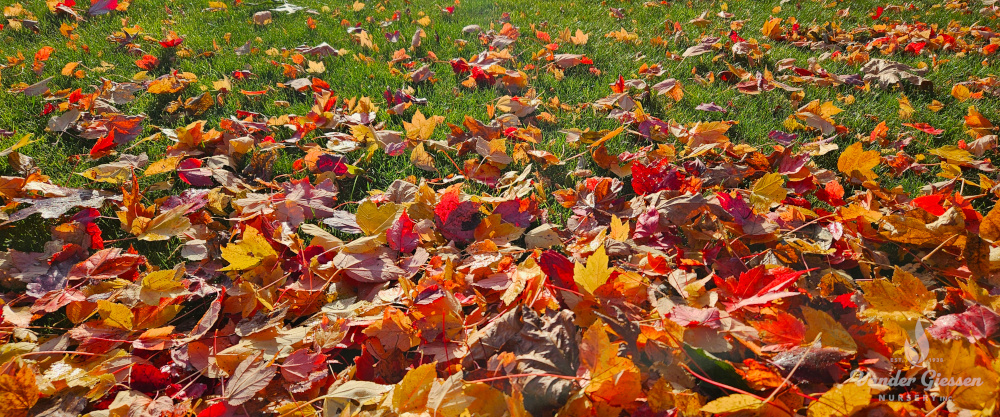
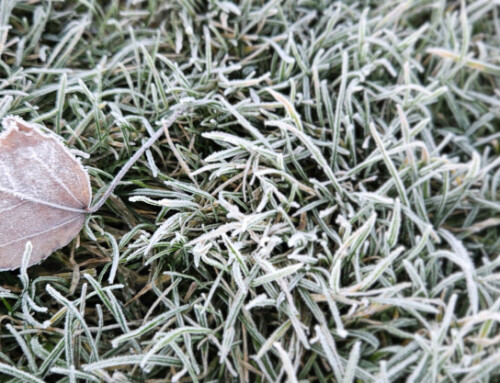
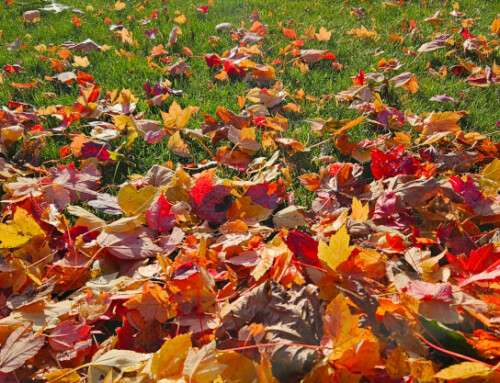
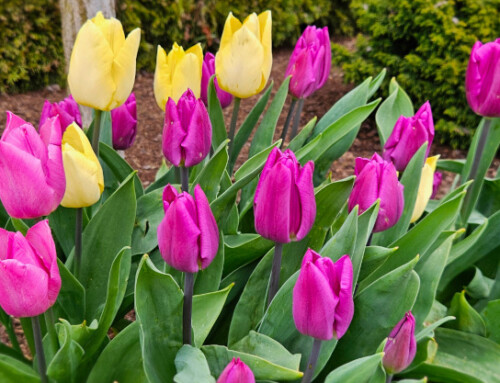
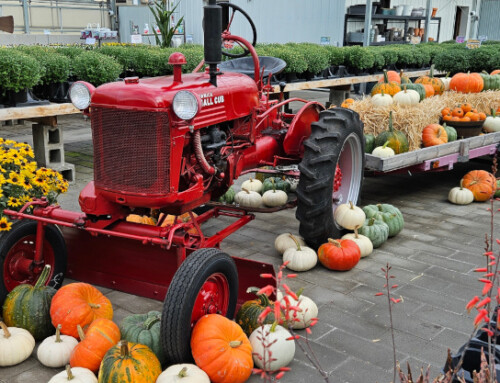
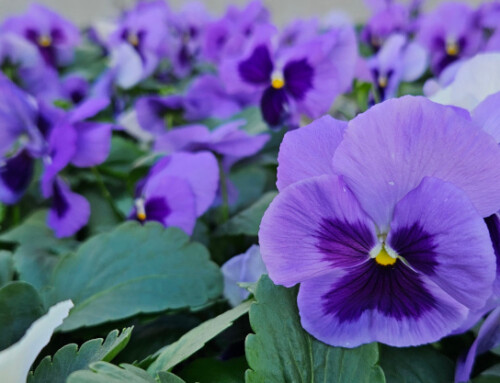
Leave A Comment